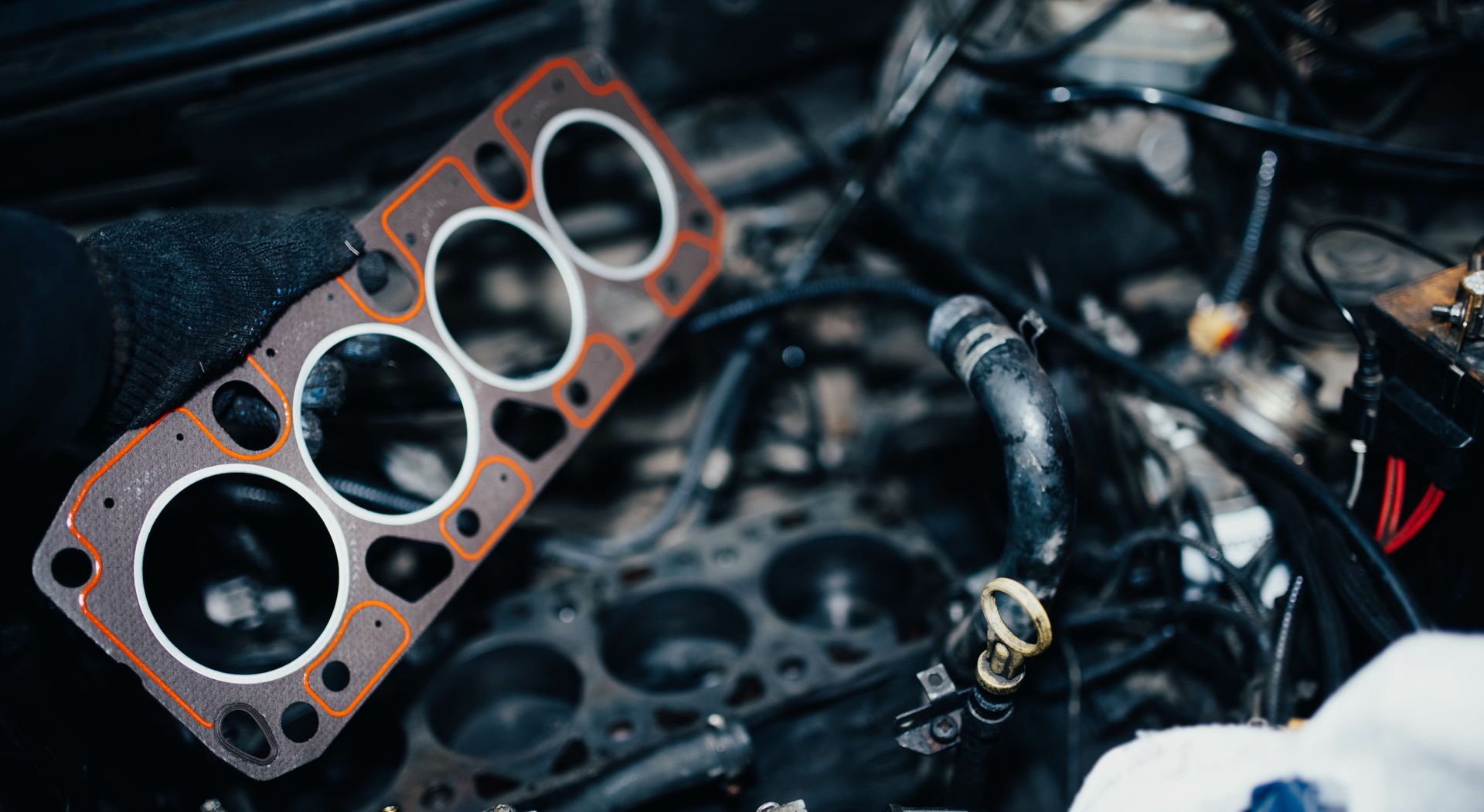Loading ...
Missing business hours data / Error occurred while getting the data.
Sat - Pick Up Only 10am - 2pm
Loading ...
Missing business hours data / Error occurred while getting the data.
SAT - Pick Up Only 10am - 2pm
How to Fix My Car's Turn Signals
August 26, 2024
Your car’s turn signals are one of the most essential components for road safety. They alert other drivers to your intentions and help prevent accidents by improving communication on the road. But what happens when your turn signals stop working properly? Whether they’re blinking rapidly, not blinking at all, or stuck in one position, fixing turn signal issues is crucial for both safety and compliance with road regulations.
If you're experiencing turn signal problems, don’t panic. This guide will walk you through common reasons why your car's turn signals might not be functioning correctly and provide tips on how to fix them. Whether you're comfortable troubleshooting at home or prefer seeking professional help, understanding the causes will empower you to make the right decision.
Common Reasons for Turn Signal Malfunctions
Before making repairs, it’s essential to understand why your turn signals are acting up. Several issues can cause them to stop working, from simple problems like a burned-out bulb to more complex electrical issues.
Some common reasons include:
- Burned-Out Bulbs: The most common cause of turn signal failure is a burned-out bulb. Turn signal bulbs don’t last forever, and they tend to wear out over time.
- Faulty Turn Signal Relay: The relay is responsible for controlling the blinking of your turn signals. If it malfunctions, your signals might blink too fast, too slow, or not at all.
- Blown Fuses: Your car’s electrical system is protected by fuses. A blown fuse could prevent your turn signals from functioning.
- Faulty Wiring: Poor connections, frayed wires, or corrosion in the wiring system can disrupt the electrical flow, leading to signal issues.
Now that we know the common causes, let’s dive into how to fix these problems.
1. Replacing a Burned-Out Turn Signal Bulb
The first thing to check if your turn signals aren’t working is the bulb. A burned-out bulb is often the easiest fix and can be done quickly at home.
Here’s how you can replace it:
- Step 1: Identify which turn signal is not working. You can usually tell by turning on your signals and seeing if one side is blinking rapidly or not at all.
- Step 2: Consult your vehicle’s owner manual to find out the specific type of bulb your car uses.
- Step 3: Access the bulb socket, which is usually located in the rear or front light assembly. You may need to remove screws or clips.
- Step 4: Carefully remove the old bulb and replace it with the new one.
- Step 5: Test the turn signal to ensure the new bulb works.
Replacing a bulb is inexpensive and a straightforward solution to many turn signal problems. If the issue persists, though, it might not be the bulb.
2. Checking and Replacing the Turn Signal Relay
If your turn signals are blinking too fast or not at all, the problem might be the turn signal relay. The relay controls the timing of your signal's blinking and ensures it operates correctly.
To check and replace the relay:
- Step 1: Locate the relay box. Your owner’s manual should tell you where it’s located, but it’s typically found under the dashboard or in the engine bay.
- Step 2: Identify the turn signal relay in the relay box. It should be marked, or you can consult the manual.
- Step 3: Remove the faulty relay and replace it with a new one. Make sure to buy a compatible relay from an auto parts store.
- Step 4: Test the turn signals to confirm they are working correctly.
Relays can wear out over time, and this quick replacement is often the fix needed for blinking problems.
3. Inspecting the Fuses
Sometimes, the issue might not be with the bulb or relay, but with a blown fuse. Your car's fuse box protects electrical circuits, and when a fuse blows, it can cut power to your turn signals.
Follow these steps to inspect and replace a fuse:
- Step 1: Locate the fuse box. It is often under the dashboard or inside the engine bay.
- Step 2: Find the specific fuse related to your turn signals by checking the diagram on the fuse box cover or in your owner’s manual.
- Step 3: Remove the fuse and inspect it. If the fuse appears blackened or the wire inside is broken, it’s blown and needs to be replaced.
- Step 4: Replace the blown fuse with a new one of the same amperage.
- Step 5: Test the turn signals to ensure everything is functioning properly.
If fuses keep blowing frequently, it could indicate a deeper electrical issue that needs professional diagnostics.
4. Troubleshooting Wiring Issues
Wiring problems can also lead to turn signal failure, especially in older vehicles. Corroded, loose, or damaged wires disrupt the flow of electricity, causing your signals to malfunction.
Electrical issues can be complex, and improper fixes could lead to other problems with your car’s electrical system, so don’t hesitate to contact Boalsburg Car Company.
5. When to Consult a Professional
If you’ve tried these solutions and your turn signals still aren’t working, or if you’re unsure about troubleshooting on your own, it may be time to seek help from a professional. Our qualified technicians can diagnose the issue, whether it’s a deeper electrical fault or something more specific to your vehicle’s model.
Ignoring faulty turn signals can lead to serious safety concerns on the road, so it’s crucial to address these problems as soon as possible.
Is your car’s electrical system acting up? Stop by
Boalsburg Car Company and let our experienced technicians get your turn signals back in working order. Call or visit us today to schedule your appointment!
Our Location
Our Location
Loading ...
Missing business hours data / Error occurred while getting the data.
SAT - Pick Up Only 10am-2pm
Having Trouble Finding Us?
Loading ...
Missing nap lines data / Error occured while getting the data.










